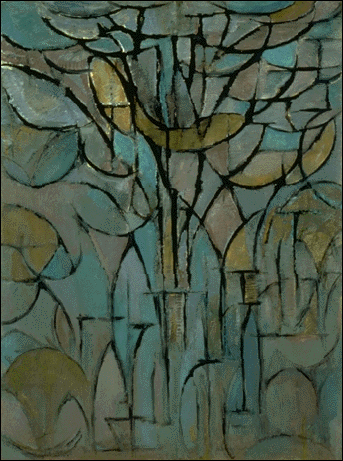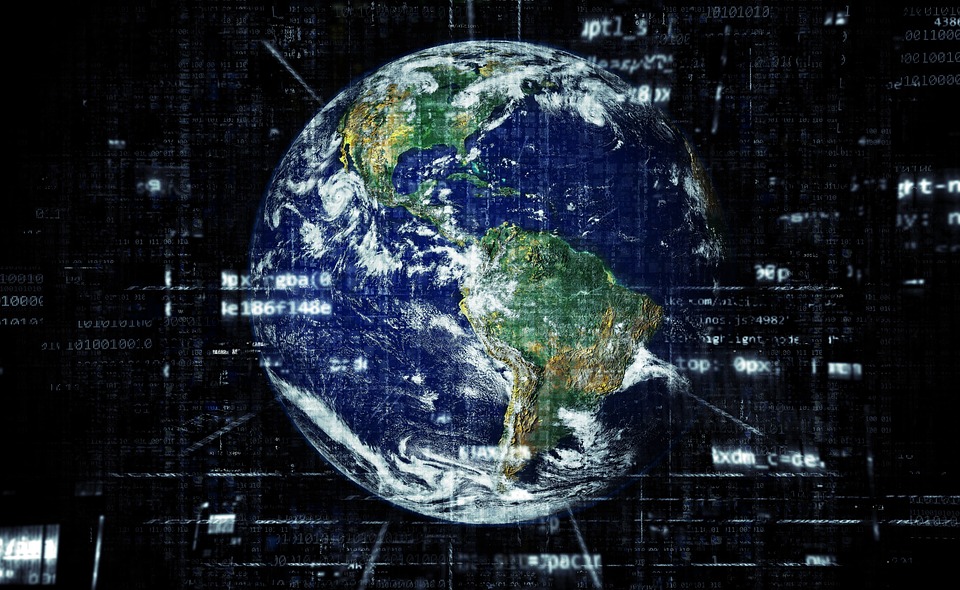In the world of art, abstract art has always been a fascinating and controversial topic. With its origins dating back to the early 20th century, abstract art has evolved and transformed over the decades, constantly pushing boundaries and redefining what art can be. In this article, we will dive deep into the evolution of abstract art, tracing its history and examining how it has influenced the world of art and design.
The Birth of Abstract Art
Abstract art emerged as a response to the rigid traditional art forms that dominated the art world at the time. Artists like Wassily Kandinsky, Pablo Picasso, and Piet Mondrian sought to break away from representational art and explore new ways of expressing themselves through color, shape, and form. This marked the beginning of a new era in art, where artists were no longer bound by the constraints of reality and were free to experiment and innovate.
The Exploration of Form and Color
One of the key characteristics of abstract art is the emphasis on form and color. Artists began to move away from realistic depictions of the world and instead focused on creating art that was more about the emotions and ideas behind it. Abstract art allowed artists to explore the interplay of form, color, and texture, creating works that were more about the process of creation rather than the final result.
The Influence of Technology
As technology advanced, so did the techniques and tools available to artists. The rise of digital technology in the late 20th century brought about a new wave of abstract art, with artists using computers and software to create intricate and complex works that would have been impossible to achieve by hand. This fusion of art and technology has opened up new possibilities for artists, allowing them to experiment and innovate in ways that were previously unimaginable.
The Modern Landscape of Abstract Art
Today, abstract art continues to thrive and evolve, with artists from all around the world pushing the boundaries of what art can be. From the bold and vibrant works of Yayoi Kusama to the ethereal and dreamlike creations of Olafur Eliasson, abstract art remains a vital and dynamic force in the art world. As technology continues to advance, we can only imagine what new and exciting forms of abstract art will emerge in the years to come.
The Impact on Design and Technology
The influence of abstract art extends beyond the world of fine art and into other areas such as design and technology. The principles of abstraction, form, and color that are central to abstract art have played a significant role in shaping modern design aesthetics and technological innovations. From the sleek and minimalist designs of Apple products to the cutting-edge visual effects in blockbuster movies, abstract art continues to leave its mark on the world around us.
Conclusion
Abstract art has come a long way since its humble beginnings in the early 20th century. From its roots in rebellion and experimentation to its current status as a driving force in the art and design world, abstract art continues to captivate and inspire artists and audiences alike. As we look to the future, it is clear that abstract art will continue to push boundaries and challenge conventions, shaping the world of art and design for generations to come.



